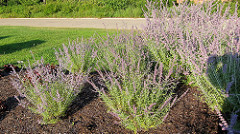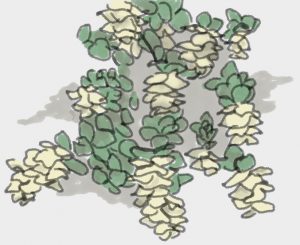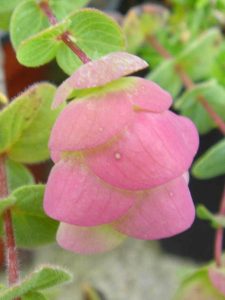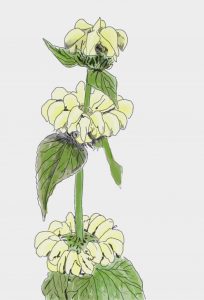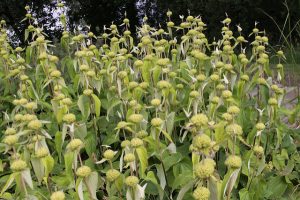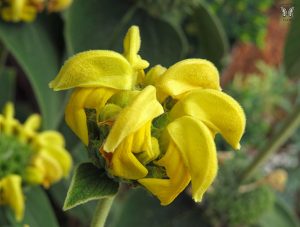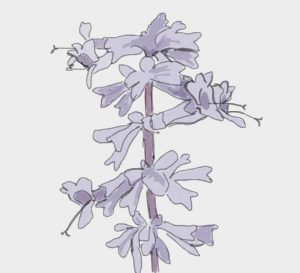 Perovskia atriplicifolia, Russian sage
Perovskia atriplicifolia, Russian sage
Family: Lamiaceae
Description:
This classic sub-shrub has a woody base and is more or less evergreen. Reaching over 1m in height, this sage species has a fairly open form with a sprawling habit. Fragrant flowers are borne terminally with a hairy, purple calyx and blue corolla. Leaves are finely divided with teeth that have deep sinuses. New growth is whitish.
Growing conditions:
This is a low maintenance shrub that is best suited for full-sun and dry, well-drained soil. It can tolerate drought.
Suitable uses:
As a low maitenance, drought tolerant species, Perovskia atriplicifolia is ideal for a highway median. It looks good as seen from a distance.
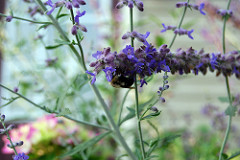
CC Image courtesy of organprinter on Flickr

